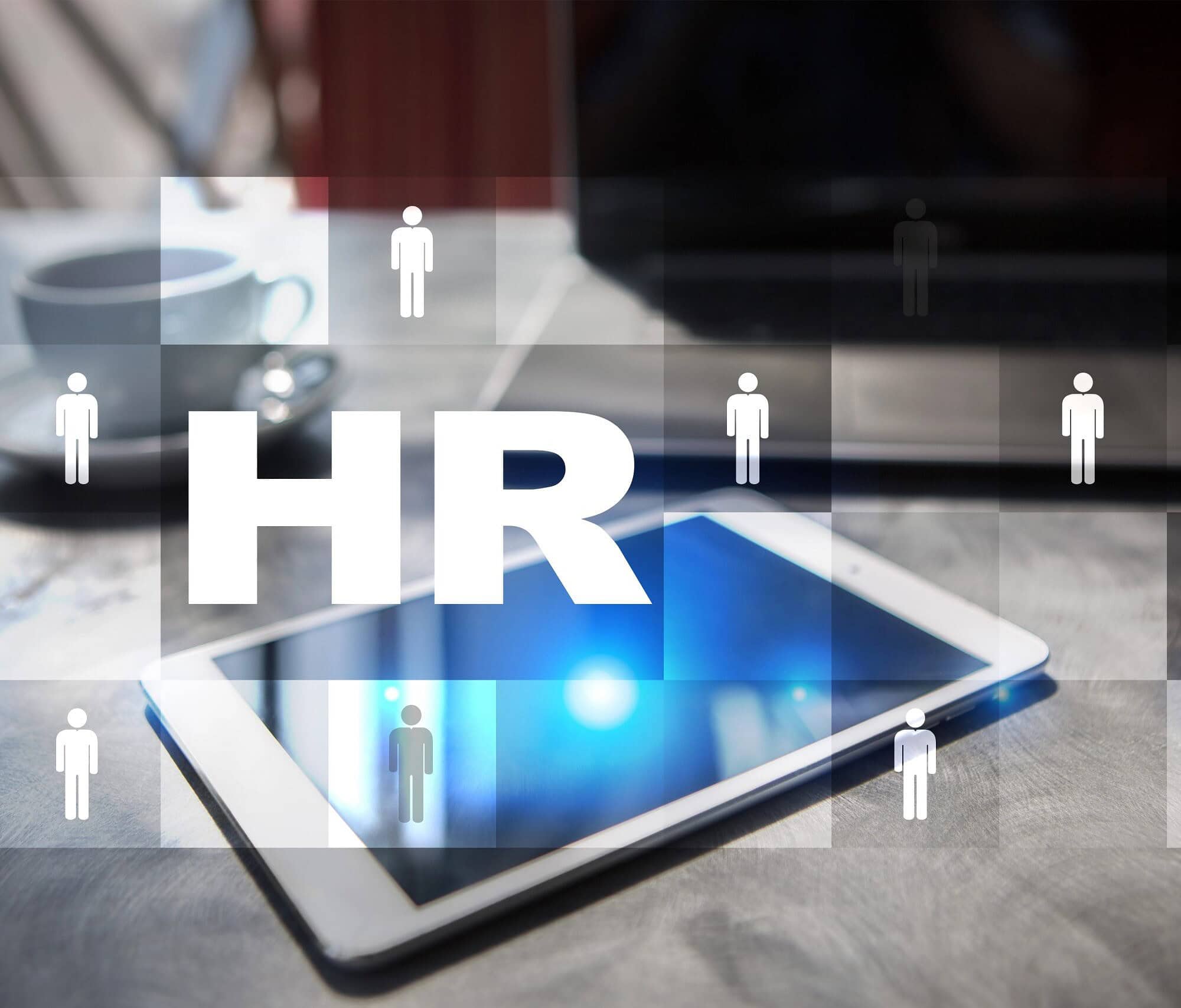The term “reboarding” refers to the process of re-onboarding. It encompasses all of the steps you take to ensure an employee’s success when they return to your organisation or when their working conditions have dramatically changed.
While pandemic-related remote work has mainly exceeded expectations in terms of productivity and efficiency, business leaders are now becoming aware of its limitations. While some companies will keep their WFH (work from home) status until the end of the year or well into 2021, many others have plans to bring part or all of their remote workers back to work sooner. According to a recent study of U.S. executives, more than half of their staff are expected to return to work in September, surely following important new return-to-work health and safety norms and practices.
Employees are being brought back together as teams, returning from remote offices to physical and mortar facilities, and discovering methods to cooperate in a hybrid workplace as a result of reboarding. The procedure necessitates constant employee participation and improvement.
Notice that some situations pertain to a single returning employee, while others refer to all or a big group of present employees.
As employees become adjusted to the current version of normal, reboarding provides an opportunity to remotivate, refocus, and encourage them, assuring individual well-being, positivity, and productivity. Some organisations will need employees to work on-site every day, while others will require employees to work remotely at least one day per week. While the “new normal” will vary, one thing is certain: the future of work is hybrid, and everyone can succeed if communication is clear and consistent.
Of course, the exact timing and staging of this return will depend on the organization’s unique work tasks, workspace, and location, but in general, it will imply returning to formerly “normal” work activities in offices, factories, shops, and other locations. Organizational leaders, on the other hand, will almost certainly have to deal with more flexible work arrangements. This could involve a shift between remote and onsite work, as well as the establishment of hybrid teams made up of people who work entirely or mostly from home and others who work entirely or mostly from the office.
Why should employees be reboarded?
You want staff to be able to get up to speed quickly. Reboarding allows you to explain what is expected of both the team and the individual, as well as answer any questions they may have. Because they’ve been there before, you can’t assume they don’t need any help.
Furthermore, you must ensure that all staff is aware of current policies and procedures. For example, instead of asking a colleague for a project verbally, you can now utilise a task management platform to accomplish so. To avoid any collaboration or productivity problems, an employee should be informed about the change during reboarding.
Hard work and intention are used to consciously construct workplace cultures. A reboarding plan keeps the business culture at the forefront and gives managers a road map for creating a good work environment in the hybrid workplace. Reboarding should be more than a reminder of how things used to be done; it should be deliberate, strategic, and applicable to all employees, regardless of tenure or location. After the pandemic, high-functioning cultures may not require a complete makeover, but they may need to re-calibrate their culture’s drivers to match with the new style of working.
Communication that is empathetic is essential.
An open and honest two-way communication style is considerably more receptive — and responsive — to people. Being an active listener allows you to hear what others are saying as well as what they are not saying. Always assume the most polite interpretation; no one wants to perform a poor job, but people may require additional time to adjust, particularly if teams, roles, or responsibilities have changed. You can build strong relationships, foster community, and achieve your desired results by communicating empathically.
They might be a little uneasy, especially if it’s been a long since they’ve worked with you. Consider a new parent who feels like they’ve been “out of their game” while they’ve been gone. Or those who must return to work in the midst of a pandemic while adjusting to new social distancing requirements.
Genuine interactions in which everyone is heard and understood are the foundation of effective communication. Effective reboarding of employees, as well as ensuring that everyone is on equal footing in the new mixed workplace that blends on-site presence with virtual collaboration, requires strong communication. As the world emerges safely and effectively from the pandemic, honest discourse and communication may also help develop trustworthy ties and an optimum work-life balance.
Reboarding isn’t the same as Onboarding
When it comes to onboarding, you’re working with people who are unfamiliar with the company’s culture, administrative peculiarities, and best practices. When it comes to reboarding, the reverse is true. What are your plans for dealing with this distinction?
You’re already ahead of the game if you have a solid onboarding program in place. Examine the standard onboarding approach to see what will work best for your reboarding hires. They don’t have to sit through the full program, and if you insist on it, expect resistance—sitting through training that you don’t want or need is a difficult workout.
When it comes to uncertainty, assume that returning employees will seek some comfort. Bring them up to date on any organisational changes that may have occurred while they were away; you can’t assume they know or will learn everything they need to do their jobs well.
Rehires are a unique segment, and they should be handled accordingly. They have the skills, experience, and organisational expertise to come back up to speed considerably faster than a new hire. Keeping these pointers in mind will help you handle the reboarding process in a way that benefits both your returning employees and the company as a whole.

